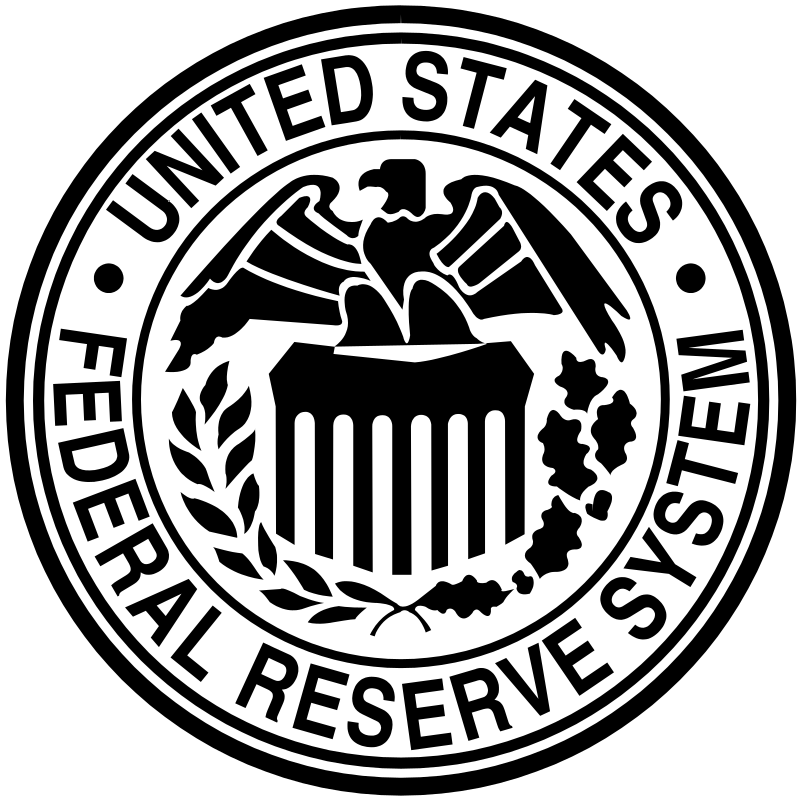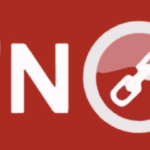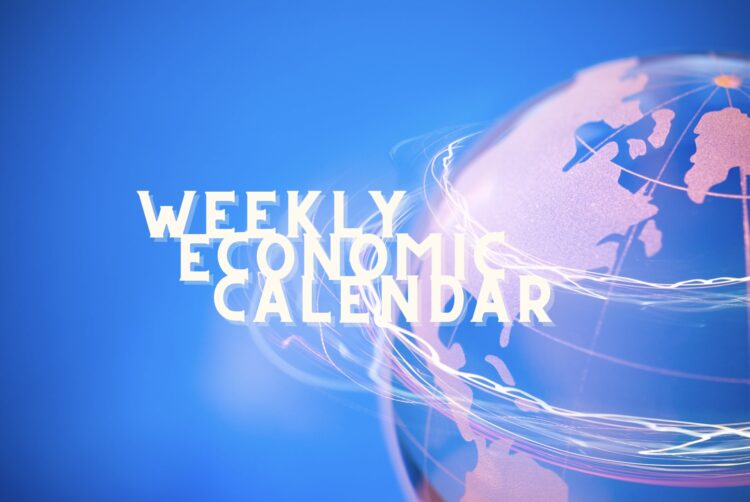In an unexpected turn for the U.S. economy, the labor market is showing signs of cooling. October saw the addition of 150,000 jobs, falling short of analysts’ expectations of around 180,000 new positions. This not only reflects a slowdown in job creation but also suggests an economy that might be losing momentum.
The unemployment rate, a key indicator of economic health, edged up slightly to 3.9%, surpassing forecasts that targeted 3.8%. While this increase may seem minor, it is significant within the context of monetary policies and economic stimulus measures.

The U.S. Federal Reserve, which has been at the heart of economic policy during the pandemic, recently pointed to the need for higher unemployment to mitigate persistent inflation. This statement can be read as a sign that the Fed might be willing to accept a less robust labor market as a necessary sacrifice to stabilize prices.
In response to these developments, expectations for a January interest rate hike have plummeted, now sitting below 20%. This shift in outlook reflects less confidence in the need for aggressive measures to contain inflation, potentially leading to a more relaxed monetary policy in the near future.
Looking ahead, the market is already beginning to price in potential interest rate cuts. The likelihood of the Fed lowering rates by March 2024 is at 50%, indicating that investors and analysts are recalibrating their expectations amid a changing economic landscape.
This array of indicators paints a picture of uncertainty and change, where adaptability and foresight become crucial. As the United States navigates these turbulent economic waters, all eyes will be on the Federal Reserve to see how it balances growth and stability in the coming months.











